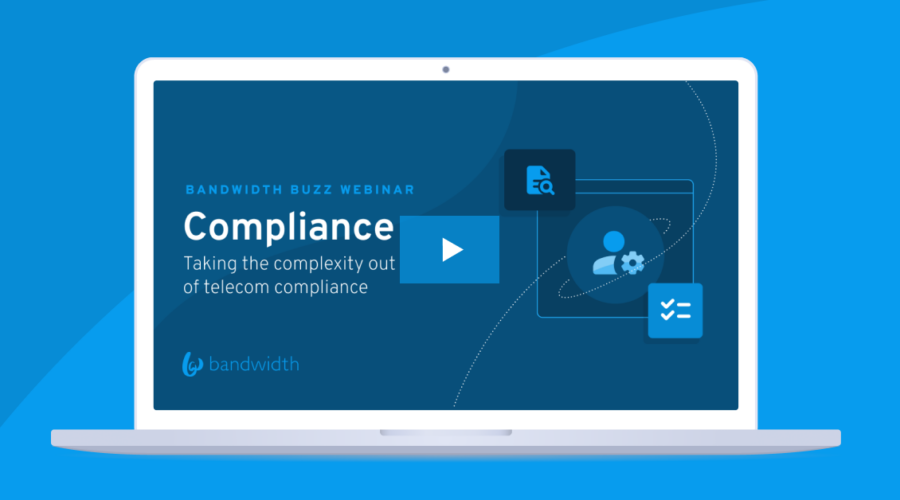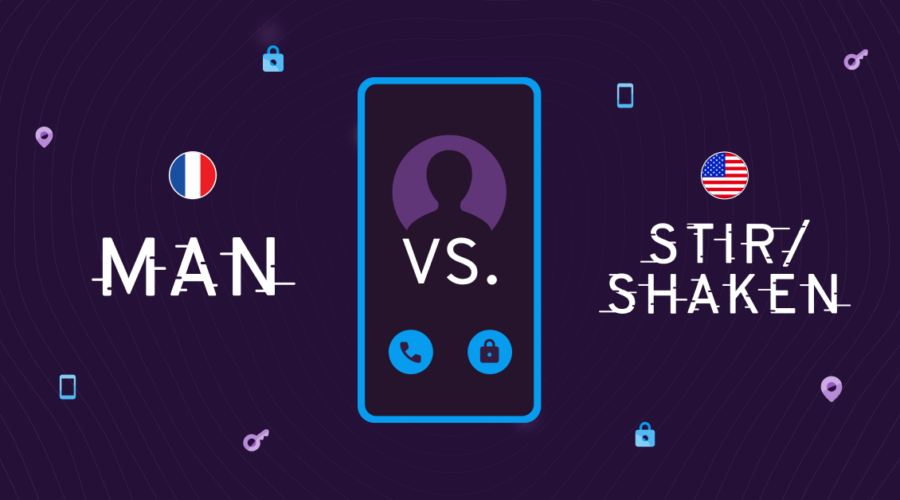TRACED Act
What is the TRACED Act?
The TRACED (Telephone Robocall Abuse Criminal Enforcement and Deterrence) Act is a piece of bipartisan legislation that was signed into law on December 31, 2019. The Act seeks to increase enforcement against telemarketers and scammers making illegal robocalls, and among other things, requires the FCC to establish a call authentication framework and mitigation criteria aimed at preventing the ultimate delivery of fraudulent calls to end-users.
History of the TRACED Act
Legislation intended to protect consumers from annoying and potentially predatory marketing began in 2003 with the FTC’s Do Not Call List, but enforcement proved challenging. The abuse of technology that enables computerized autodialing, has allowed nefarious robocallers to reach thousands of numbers with abusive and illegal pre-recorded messages necessitated the need for more robust federal legislation. As a result, The Pallone-Thune TRACED Act was passed by Congress in December, 2019..
In a bipartisan effort to combat illegal robocalling, the TRACED Act passed the House of Representatives on December 4, 2019, the Senate on December 19, 2019, and was signed into law on December 31, 2019. Pursuant to this legislation, the FCC was required to develop and adopt rules requiring telecommunications providers to instate authentication protocols over the following 18 months. Additionally, the TRACED Act requires the FCC to conduct an internal review of the effectiveness of the call authenticated technologies required of providers every three years.
How does it work?
Pursuant to the TRACED Act, the FCC will require telecom providers to adopt a call authentication framework, or show reasonable progress towards adopting one, within the 18 months following passage. The call authentication framework that has been established is commonly referred to as STIR/SHAKEN, an acronym meaning Secure Telephone Identity Revisited and Signature-based Handling of Asserted Information Using toKENS. STIR/SHAKEN allows calls to be authenticated by a digital “signature” of the originating service provider and then passed unchanged through the telecom network to the terminating provider of the intended recipient.
The implementation of STIR/SHAKEN not only helps to prevent scammers from illegally spoofing a number (misidentifying themselves on caller ID), but it will also allow the FCC and other enforcement agencies to more readily identify the originating source of illegal robocalls. Tracing illegal calls back to their source is critical for the enforcement of the TRACED Act, and could serve as a powerful deterrent for would-be scammers and harassers. Additionally, call authentication is designed to help differentiate between illegal robocalls and legitimate automated calls such as school notifications by giving callers making legal use of autodialing technology an opportunity to clearly identify themselves and their traffic.
Benefits
The goal of the TRACED Act is to facilitate more effective enforcement against illegal robocalling. A key tool in this multifaceted effort is to more readily distinguish legitimate calls from illegal calls by implementing an authentication framework. By cracking down on illegal robocalling, this legislation aims to reduce a tremendous nuisance, but more importantly, protect vulnerable populations from fraudulent telephone scams.



